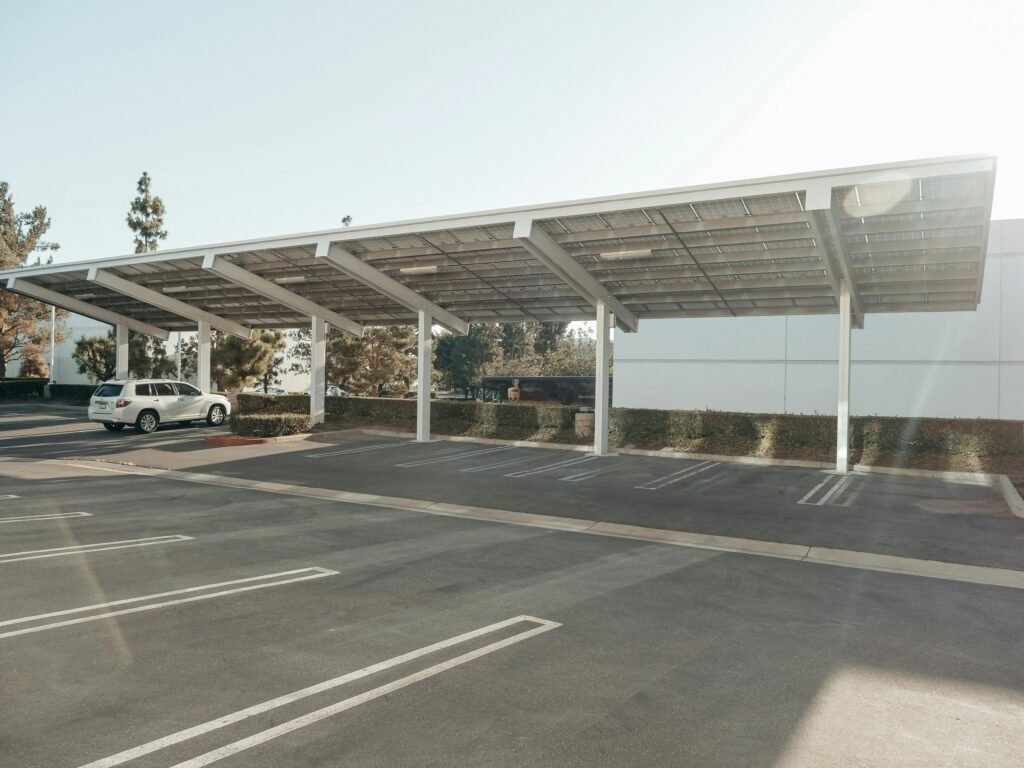Have you ever wondered if there are any restrictions on the size of electric bike motors? As electric bikes, or e-bikes, grow in popularity, many people are curious about the regulations that govern their use. In this article, we will answer this question in great detail, exploring various aspects to give you a comprehensive understanding. This information will help you make informed decisions, whether you’re buying your first e-bike or looking to customize an existing one.
Understanding Electric Bike Motors
Electric bike motors are the critical component of an e-bike that distinguishes it from a traditional bicycle. These motors provide the additional power that makes riding longer distances and conquering hills a breeze. But before diving into the restrictions on their size, it’s important to understand the types of motors available and how they function.
Types of Electric Bike Motors
Electric bikes typically utilize one of three types of motors: hub motors, mid-drive motors, and friction drive motors. Each type has its own advantages and limitations.
Hub Motors
Hub motors are located in the front or rear wheel of the bike. They are widely popular due to their simplicity and ease of installation. With hub motors, the motor is usually a direct-drive or geared. Direct-drive motors are larger and offer more torque, while geared hub motors are smaller, lighter, and more efficient.
Mid-Drive Motors
Mid-drive motors are positioned at the bike’s crankshaft, where the pedals are located. These motors are known for their efficiency and balance, as the motor’s weight is centralized on the bike. Mid-drive motors typically offer better performance on hills and rough terrain.
Friction Drive Motors
Friction drive motors are less common and operate by pressing against the bike’s tire. They are usually smaller and easier to install but less efficient and powerful than hub or mid-drive motors.
Power Ratings and Specifications
Motors come in various power ratings, typically measured in watts (W). The power rating affects the motor’s performance, including its speed, acceleration, and ability to climb hills. Common power ratings for e-bike motors are 250W, 500W, 750W, and even up to 1000W or more for high-performance models.
Legal Restrictions by Region
Different countries and regions have specific regulations regarding the size and power of electric bike motors. These regulations are often in place to ensure safety, manage speeds, and classify e-bikes appropriately.
Europe
In Europe, electric bikes must comply with the European Union (EU) regulations detailed under EN15194. According to these regulations:
- The motor should have a maximum continuous rated power of 250W.
- The motor should only provide assistance up to a maximum speed of 25 km/h (15.5 mph). Beyond this speed, the motor must cut off.
United States
In the United States, electric bike regulations vary by state, but most conform to three main classes defined at the federal level:
| Class | Motor Limit | Speed Limit | Features |
|---|---|---|---|
| Class 1 | 750W | 20 mph (32 km/h) | Pedal-assist only (motor activates when you pedal) |
| Class 2 | 750W | 20 mph (32 km/h) | Throttle-assist (can use motor without pedaling) |
| Class 3 | 750W | 28 mph (45 km/h) | Pedal-assist only, requires a speedometer, and usually not allowed on bike paths |
Canada
In Canada, electric bike regulations align closely with European standards:
- The motor should have a maximum power of 500W.
- The motor should provide assistance only up to a speed of 32 km/h (20 mph).
Other Regions
Many other regions have specific regulations, which can vary widely. It’s essential to consult local legislation to understand the exact restrictions that apply to you.

Safety Considerations
Regulations on motor sizes are largely in place to ensure safety for the rider and those around them. Larger and more powerful motors can impact the bike’s handling, acceleration, and stopping distance.
Speed Management
When a motor is too powerful, the bike may achieve higher speeds than what is considered safe for bicycle paths or mixed-use trails. Higher speeds require longer stopping distances and can increase the risk of accidents.
Balance and Weight Distribution
Heavier motors affect the bike’s balance and handling. For instance, a large, heavy hub motor in the front wheel might make steering more difficult, especially at lower speeds or when maneuvering through tight spaces.
Battery and Range
More powerful motors also consume more battery power. This can reduce the range of your e-bike unless you have a larger battery, which further increases the bike’s weight. Understanding this trade-off is crucial for optimizing your e-bike’s performance and usability.
Practical Implications
When choosing or customizing an electric bike motor, it is essential to consider not just the regulations, but also practical implications:
Legal Compliance
Ensure your e-bike’s motor size complies with local laws to avoid fines, confiscation, or liability issues in case of accidents. Compliance can also affect where you can legally ride your e-bike.
Purpose and Usage
Consider what you’ll primarily use the e-bike for. A 250W motor might be perfect for city commuting, where speeds are low, and range is more important. On the other hand, a 750W motor could be better suited for off-road trails where additional power and torque are necessary.
Maintenance and Longevity
Higher power motors often require more maintenance and may wear out faster due to the increased load and heat generated. Understand the service requirements and costs associated with different motor sizes.

Customization and Upgrades
For those who enjoy tinkering and upgrading their bikes, it’s possible to change the motor of an existing e-bike. However, you should keep several key points in mind:
Compatibility
Ensure that the new motor is compatible with your e-bike’s frame, battery, and other electrical components. Mismatched components can lead to poor performance or even damage the bike.
Warranty and Insurance
Upgrading the motor may void the manufacturer’s warranty or affect your insurance. Always check these aspects before proceeding with any modifications.
Regulatory Compliance
Make sure any upgrades do not violate local regulations. Even if you’re capable of installing a higher-powered motor, riding an e-bike that exceeds power or speed limits may not be legal.
Future Trends and Developments
The e-bike industry continues to evolve, with new technologies and innovations constantly emerging. Future trends may impact regulations and the kinds of motors available.
Smart Systems
Smart motors with integrated sensors and software can optimize power delivery, improve efficiency, and even adapt to the rider’s style. These advancements might lead to changes in how motor power is regulated and measured.
Legislative Evolution
As e-bikes become more integrated into urban transportation, expect regulations to evolve. Lawmakers may adjust power limits, speed regulations, or create new categories for different types of e-bikes.
New Motor Technologies
Innovations such as lighter, more efficient motors could enable higher power ratings without the associated drawbacks of current technologies. Keeping an eye on these developments can help you choose a bike that remains relevant and compliant with future regulations.

Conclusion
Understanding the restrictions on the size of electric bike motors requires navigating regulatory landscapes, balancing functional requirements, and considering safety implications. By comprehensively examining these aspects, you can make informed decisions that align with your needs and legal requirements.
Motor size restrictions are not just arbitrary rules but are crafted to ensure the safety and usability of electric bikes for everyone. Whether you’re a casual rider, a commuter, or a bike enthusiast looking to push the limits, staying informed about the regulations and practicalities ensures a more enjoyable and trouble-free experience.
So, the next time you find yourself questioning the limits on e-bike motors, you’ll have all the information needed to understand the why, what, and how behind these restrictions. Happy riding!

